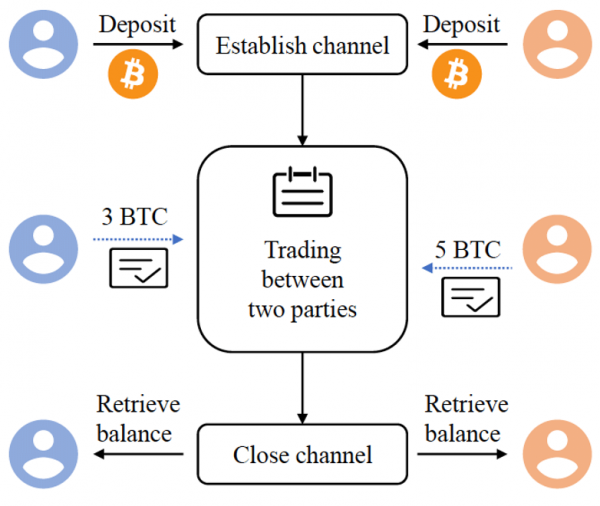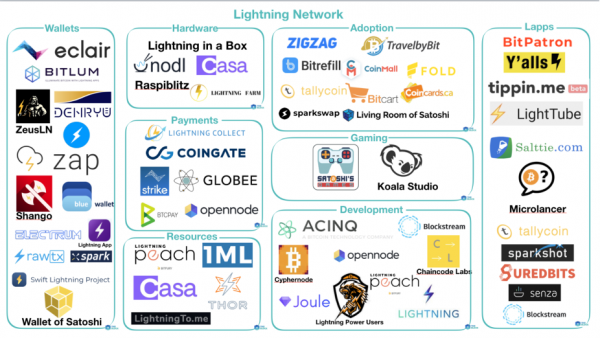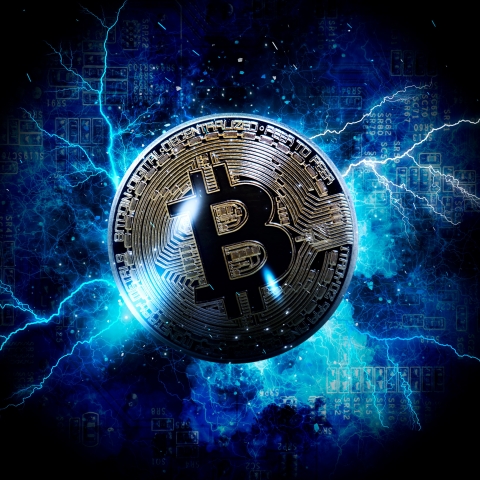Despite the many criticisms levelled at Bitcoin (speculative bubble, carbon emission, etc.) it is clear that the most important crypto-currency has become a true financial asset. The "digital gold" is even considered as a possible reserve currency by some central banks (see our FOCUS: "Towards a new international monetary order?").
However, for the time being, Bitcoin seems to be failing on one of its missions: to become a common means of payment. This is for the following reasons:
1. Speed: The network can only process 7 transactions per second on average, far from the volumes of payment networks such as Visa or Mastercard. This is not a weakness of the blockchain but rather a consequence of the decentralization of the system. As the adoption of Bitcoin continues, the system will quickly reach saturation;
2. Costs: Transaction fees on the Bitcoin blockchain are flat. This feature makes the network attractive for large sums (millions of dollars can be transferred for a few dollars in fees) but very costly for small sums, making it a barrier for consumer-related transactions;
3. Energy consumption: Mining and transacting Bitcoins requires tremendous amounts of high-consuming computing power;
4. Use cases: Because of the limited interest in using Bitcoin as a means of payment, the number 1 cryptocurrency attracts mainly speculators and HODLERs, who prefer to bank on Bitcoin's appreciation rather than its daily use.
Nevertheless, since last year, El Salvador, a small South American country, has adopted Bitcoin as a common means of payment. Other emerging markets such as Nigeria, South Africa and Brazil soon followed suit thanks to an extension of the Bitcoin protocol called the "Lightning Network".



